What follows are the notes I took from a session with Martha Hilley at the 2010 Michigan Music Teachers Association conference.
FUNCTIONAL SKILLS ARE IMPORTANT TO EVERYONE ~ by Martha Hilley
“Functional skills” include skills such as harmonization, improvisation, transposition, rhythm, and theory. There are many fun ways to incorporate functional skills into group/private settings. Today we are going to try out some examples:
Rhythm Activities
Activity #1. Make up a series of patterns such as:
Tap Clap Tap Clap Tap Clap |___| Clap Tap |___| Tap Clap Tap |___| |___| ClapPut them on a transparency or write them on a whiteboard. (The box is the quarter rest.) Most students don’t have time for rests! They want to keep going. So give them something to do during the rests (e.g., saying “rest” aloud; or making some kind of movement during the rest). This is a great activity for class piano or monthly group lessons. Continue reading “2010 MMTA Conference (4): Functional Skills are Important by Martha Hilley”



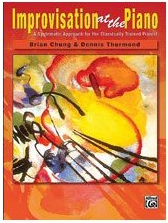
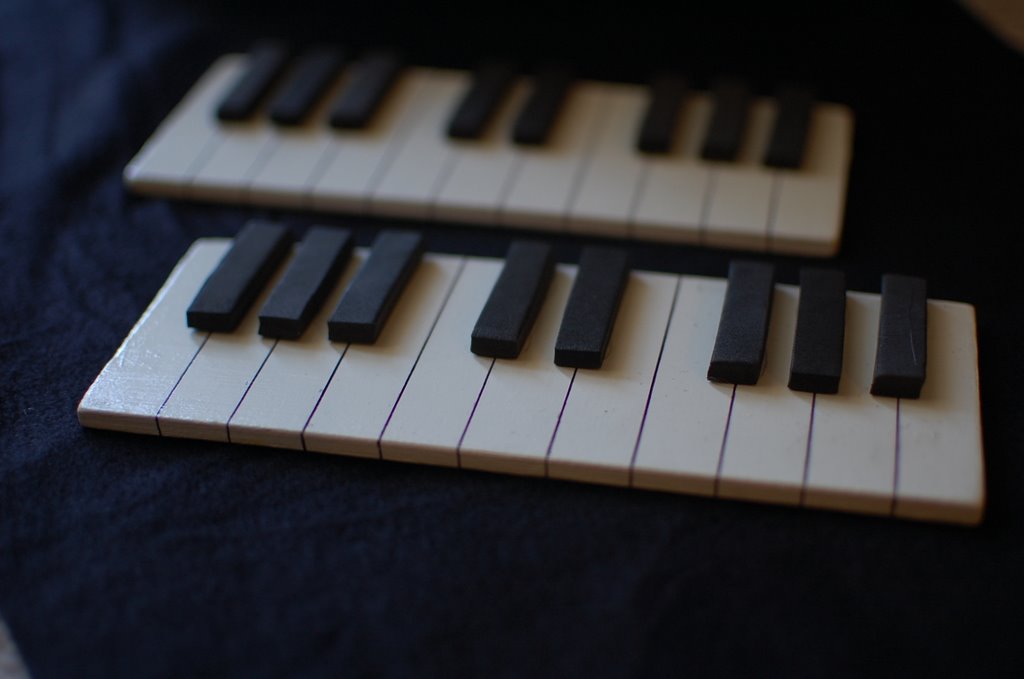
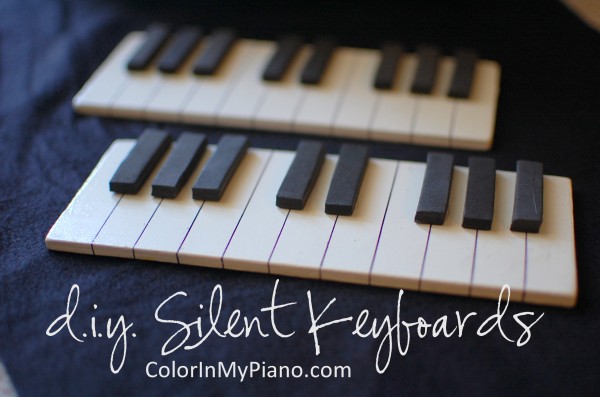

 At the 2010 Michigan Music Teachers Assocation conference this weekend, our conference clinician Martha Hilley had some wise words for us that I thought I’d share here:
At the 2010 Michigan Music Teachers Assocation conference this weekend, our conference clinician Martha Hilley had some wise words for us that I thought I’d share here: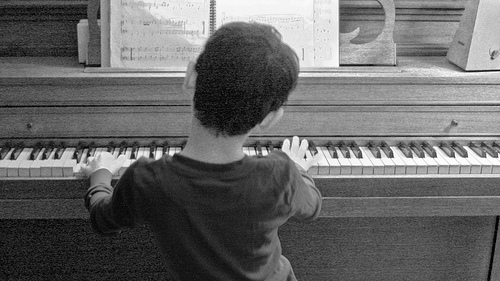


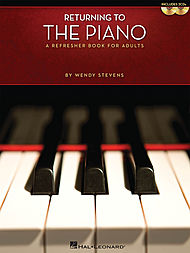

 Lately, I’ve trying out this phrase with my students, in situations when a student is struggling with the technique of playing a particular passage:
Lately, I’ve trying out this phrase with my students, in situations when a student is struggling with the technique of playing a particular passage: